










































































Research Process
Brief Literature Review
Research methods
Community Insights
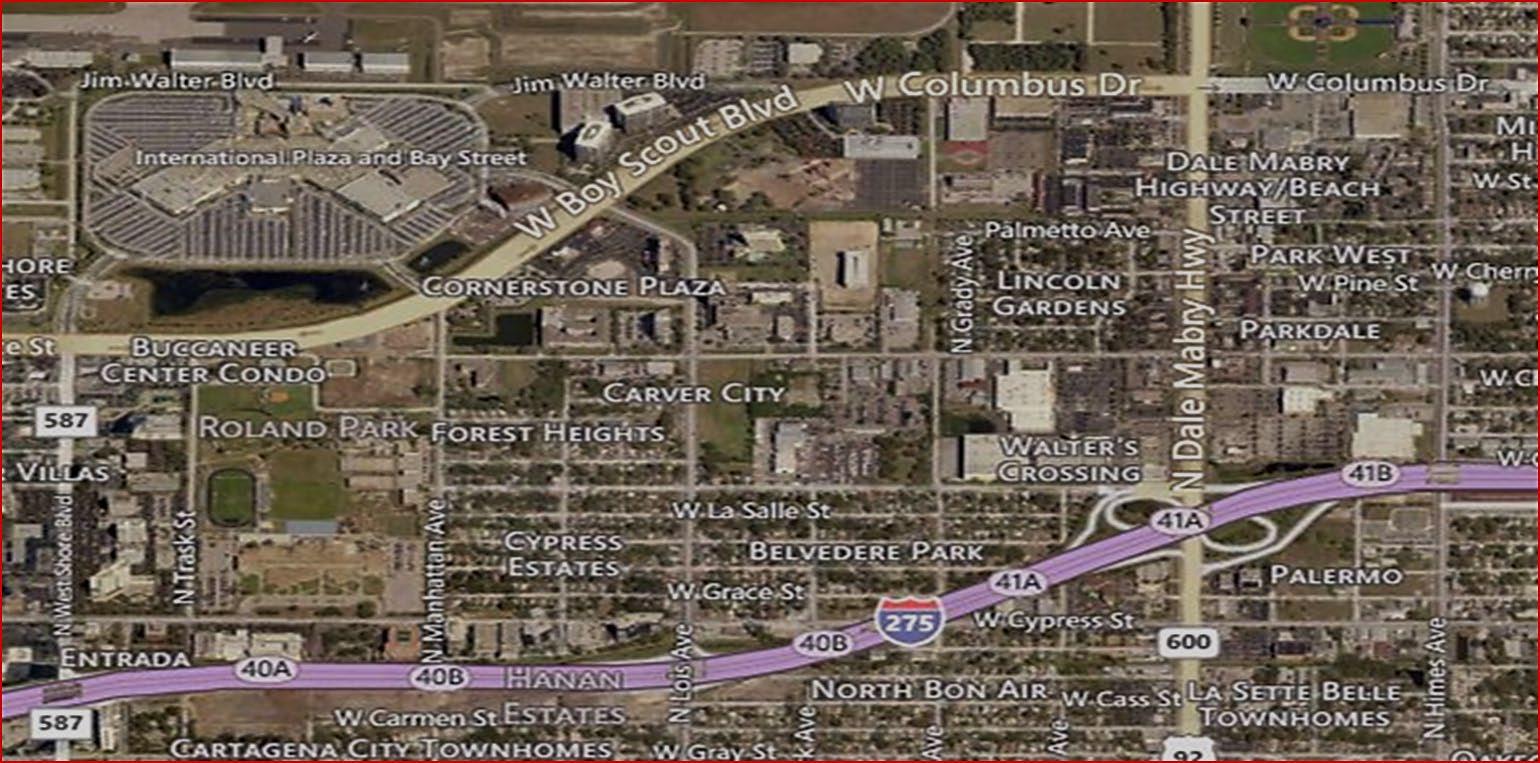

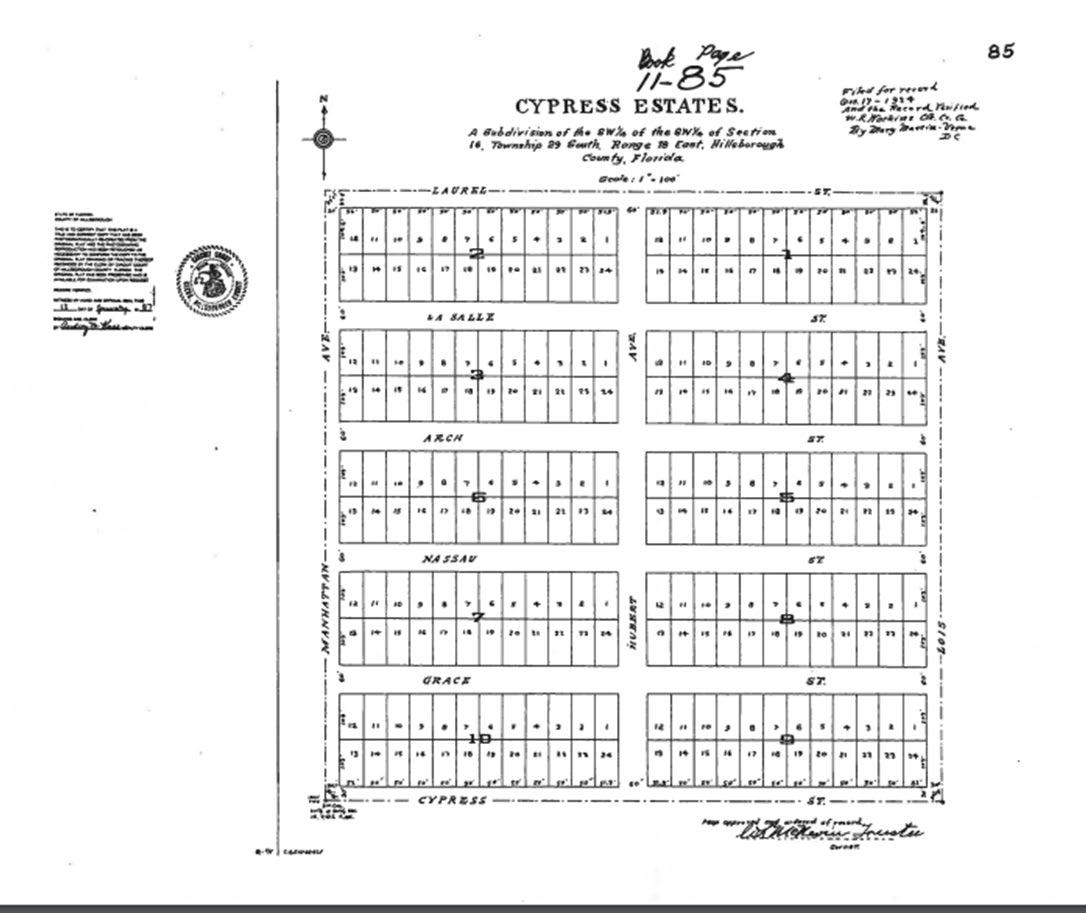
Classic Studies of Black Families
Community Studies
Kinships and Community Networks
Anthropology of Heritage- Issues in Heritage
Anthropology of Segregated Spaces
Black Feminist Anthropology
Survey Data Collaborative Ethnography Ethnographic Methods Interviews
Mapping
Field Notes
Photography
Observation

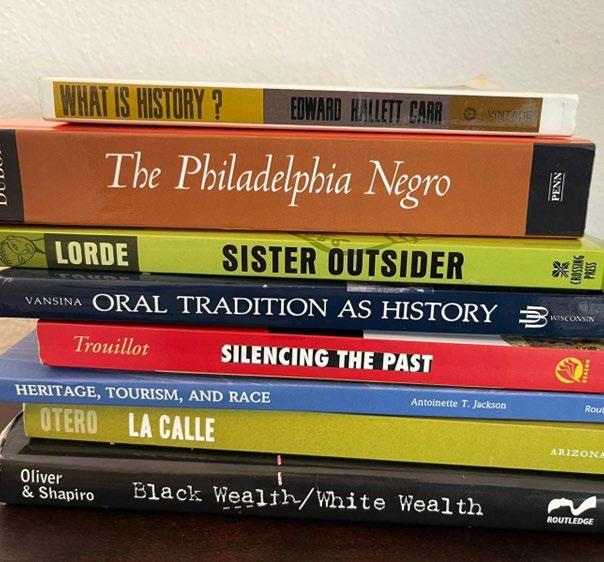
(Lassiter, Campbell et al. 2004)


Methods Include:

Audio recorded interviews
Photography
Mapping
Participant Observation Archival Analysis Field Notes


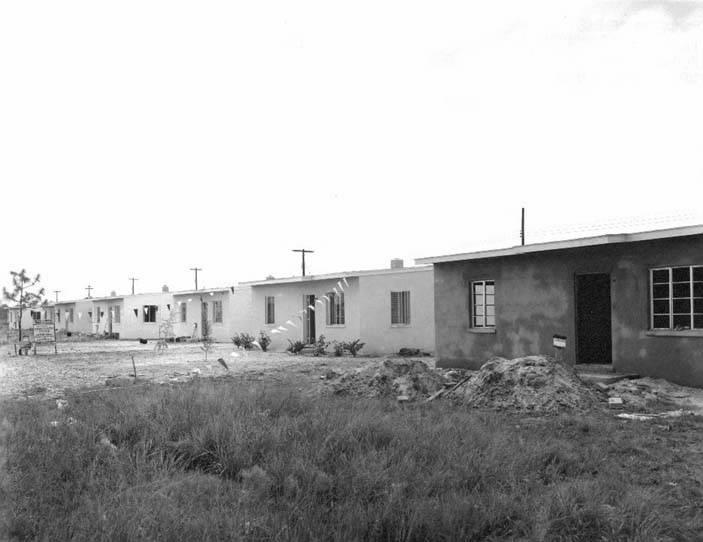
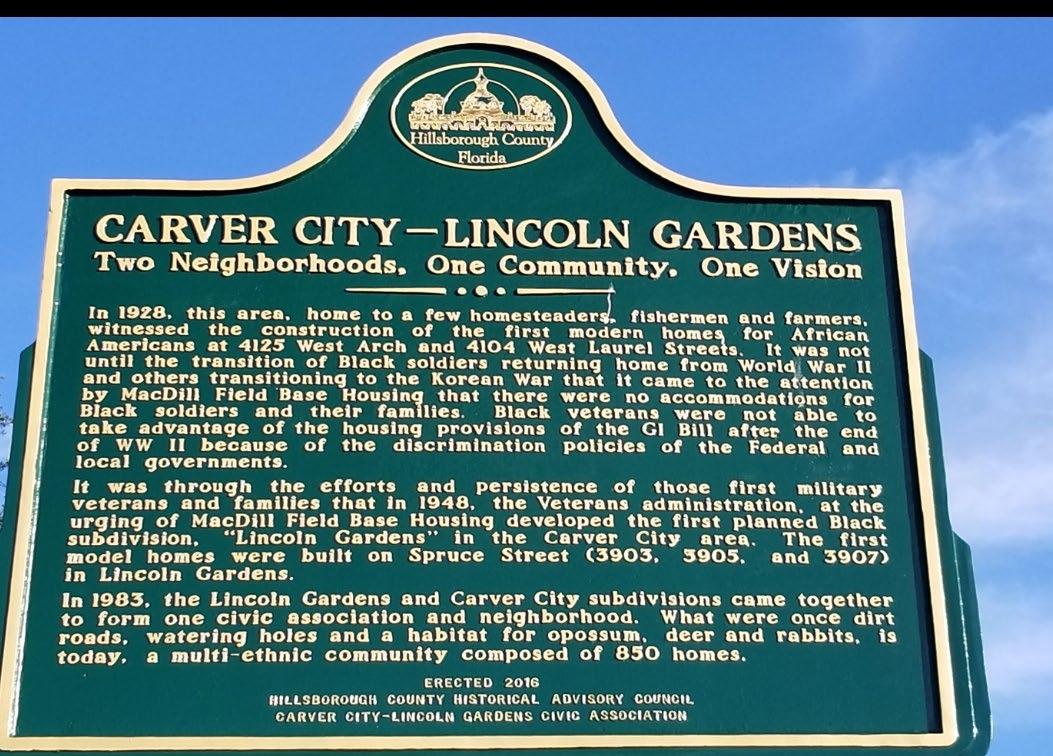
Heritage representation hinges on who defines it and for whom it is defined (Smith 2006; Trouillot 1995; Jackson 2011; Otero 2010).
Heritage, unlike history, is malleable and performed (Lowenthal 1998; Kincaid 1989; Bruner and Bruner 2005).
“Heritage as anything a community, a nation, a stakeholder, or a family wants to save, make active, and continue in the present” (Jackson 2012, 23)
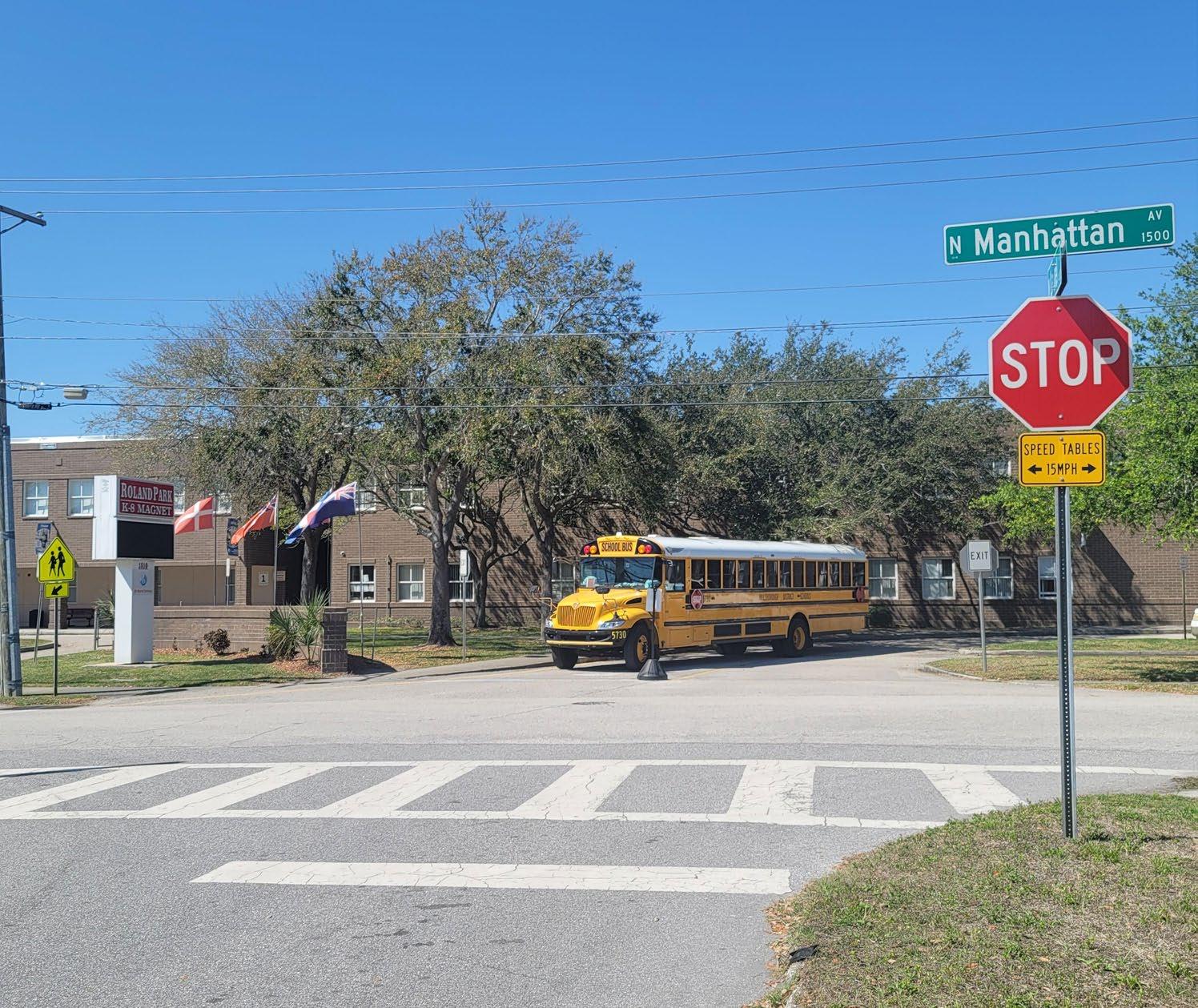



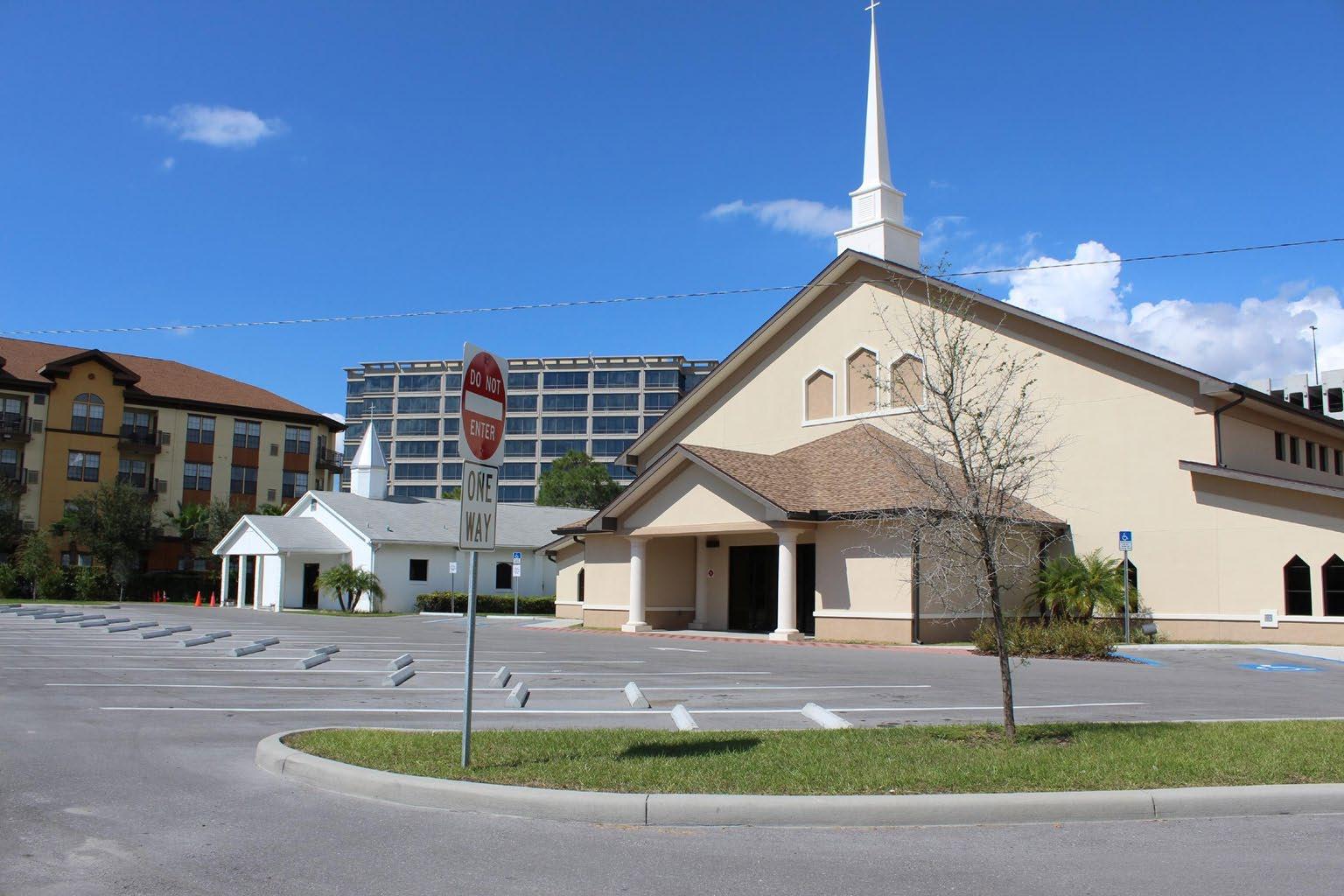
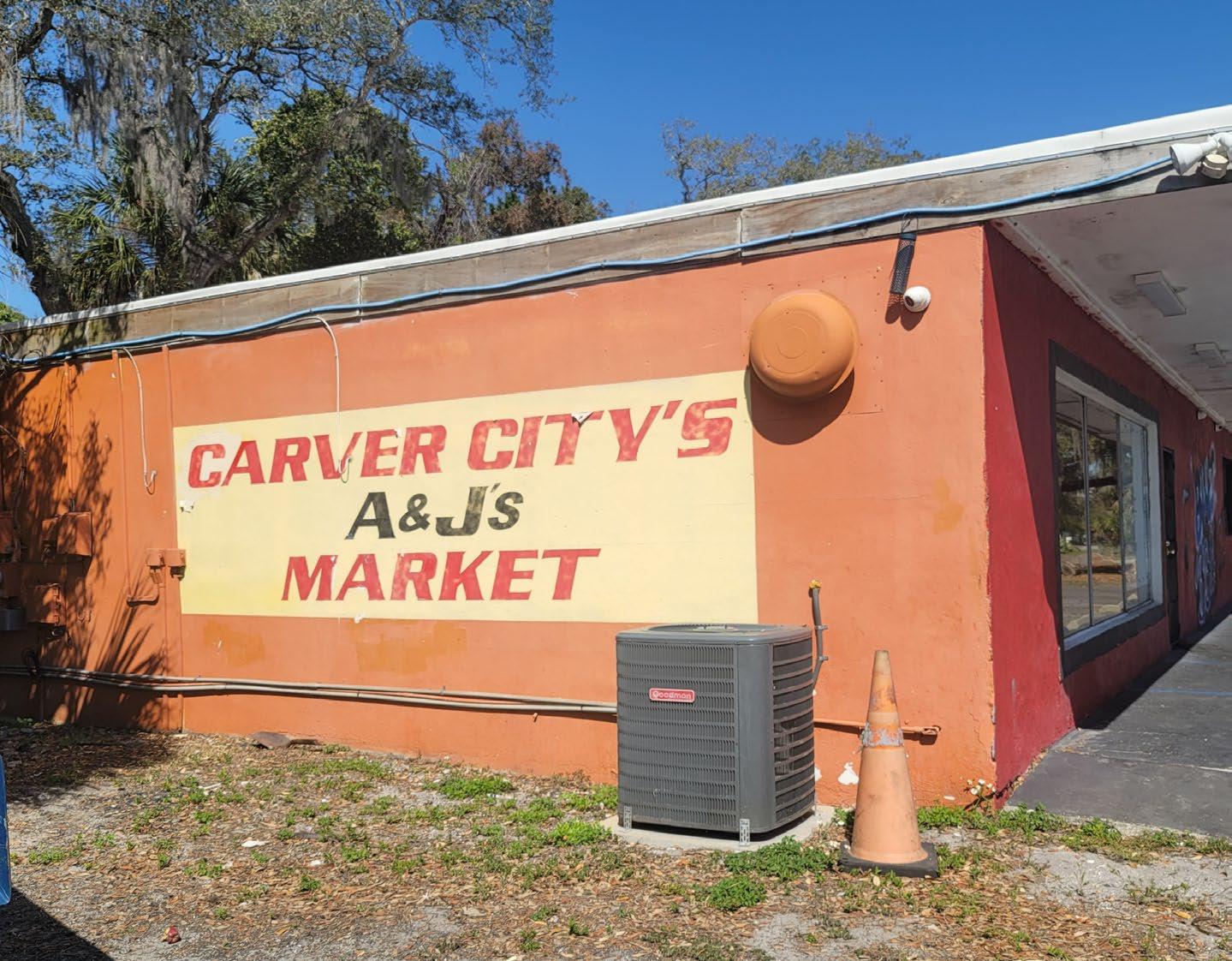
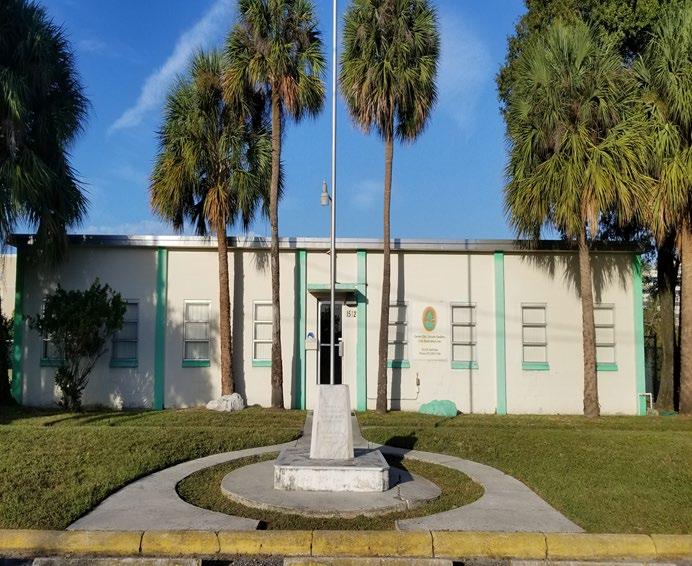
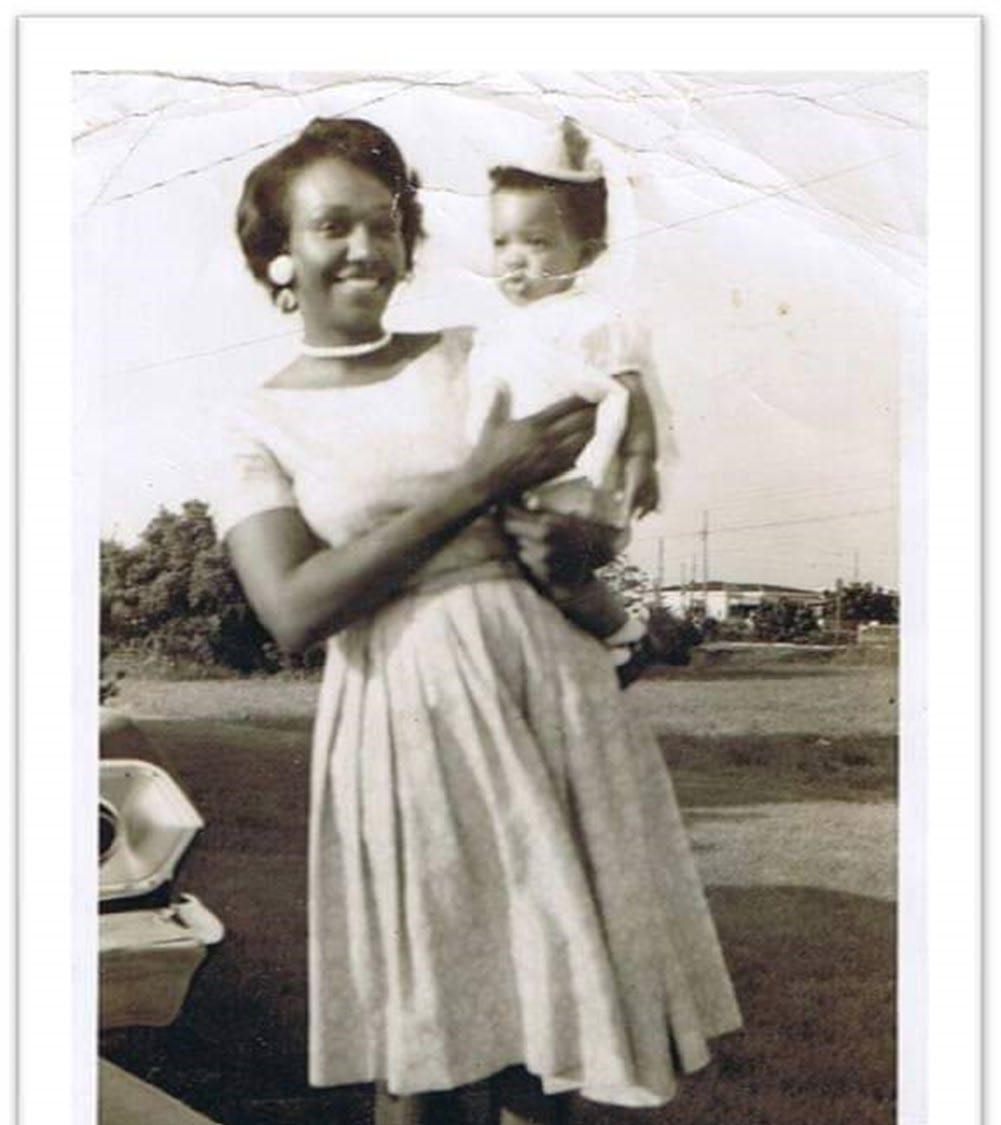


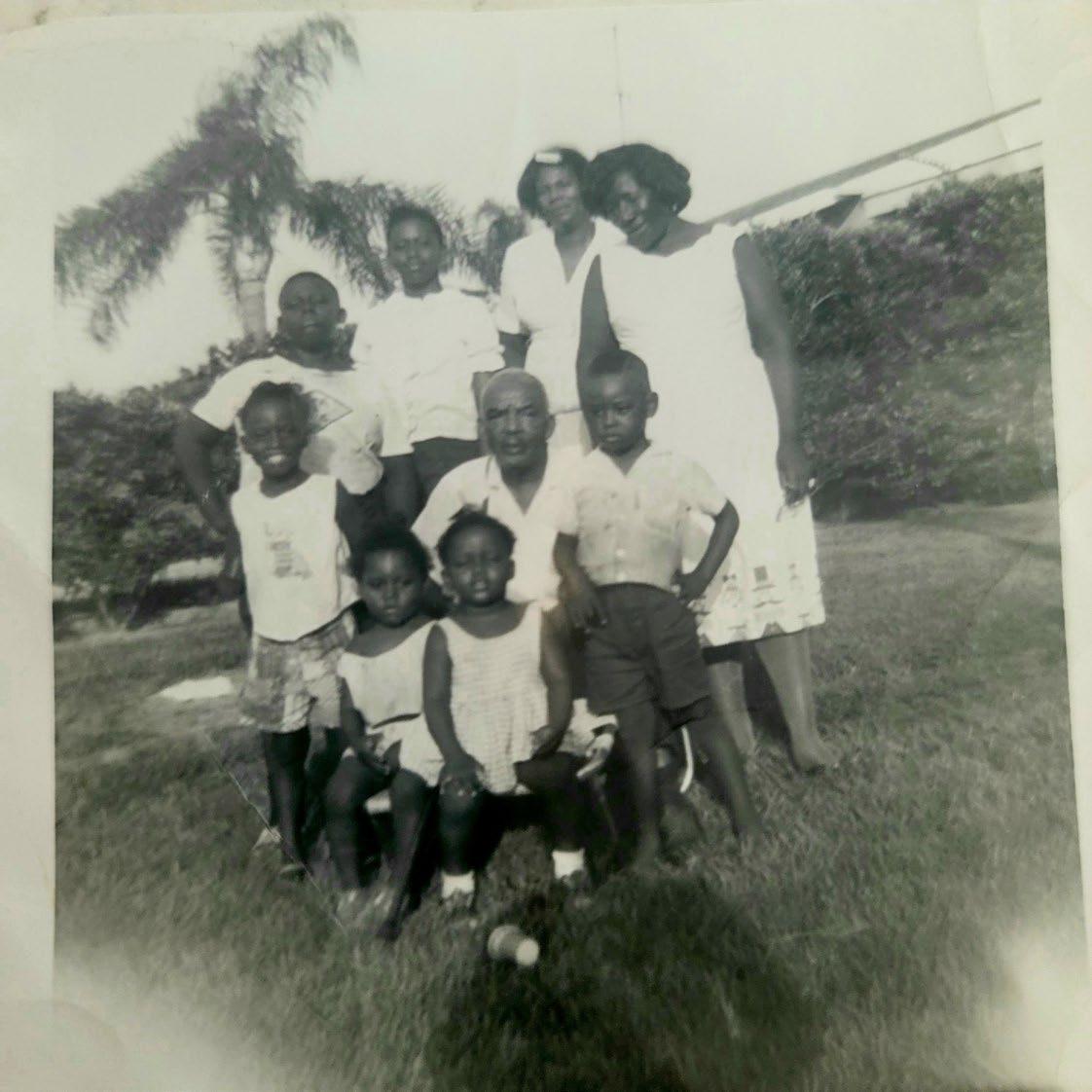







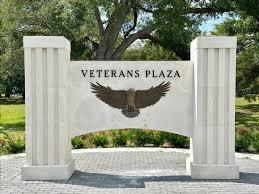


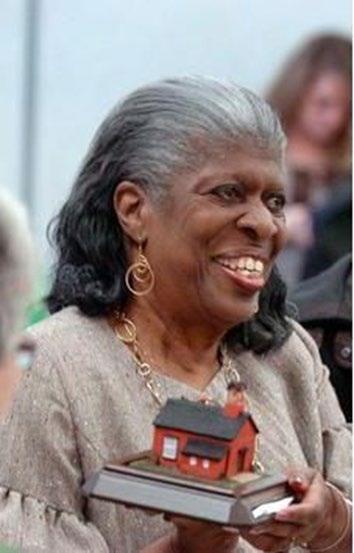
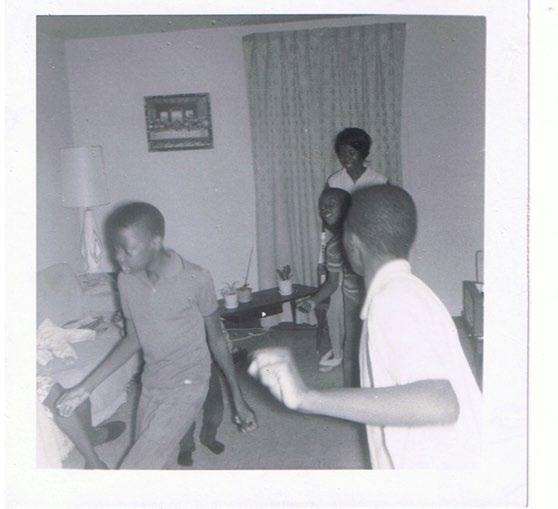
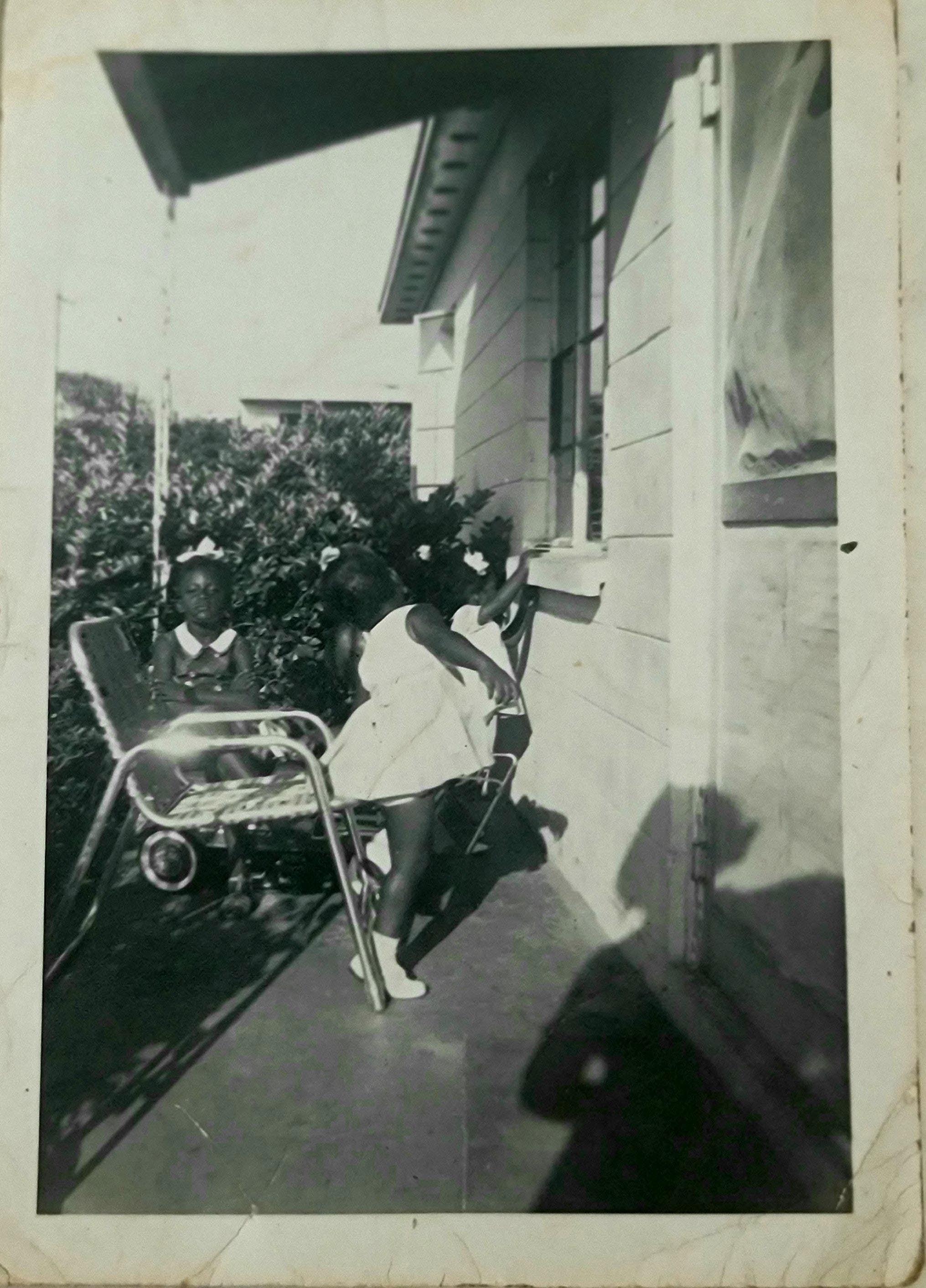
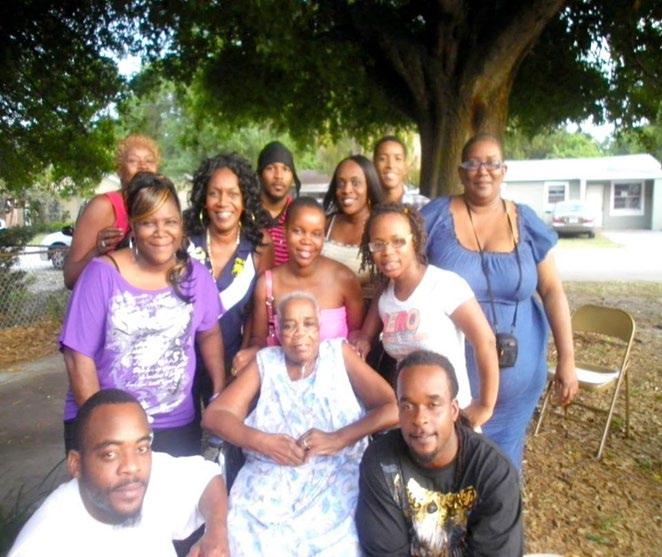

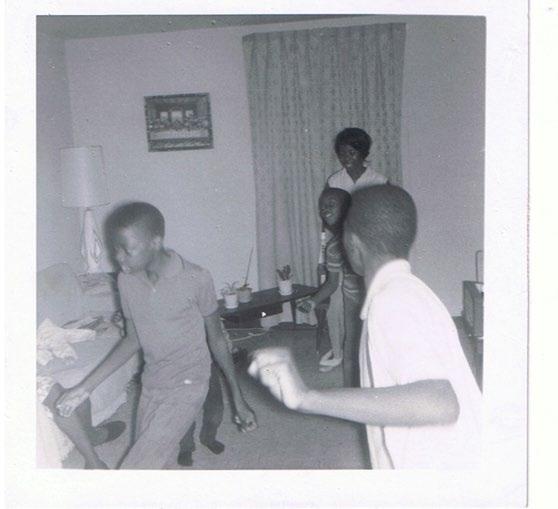
Gentrification: changes actual space through the process of expropriation whereby an influx of private investors; and middle-class homebuyers and renters serve to displace poor and workingclass neighborhoods in inner cities.

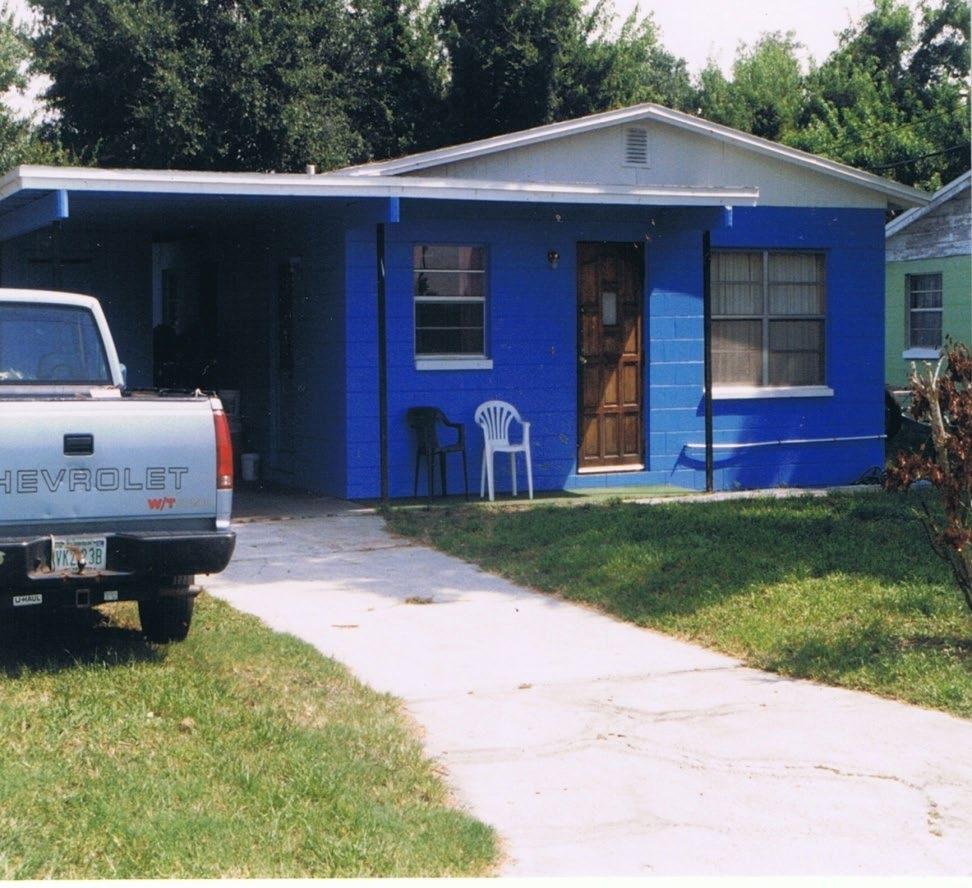
Photo provided by Mrs. Lane: These are photos of the same home on Chestnut Street through changing times. It was the last home on the block sold to developers

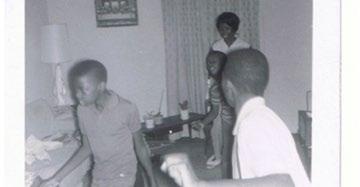
Building a sense of space and place


Satisfaction of Growth
Proof of resilience and accomplishment


Urban Development
Gentrification
Limited accessible researchable resources
Few original homeowners.

COVIID19







“The part that doesn't bother me about the interstate expansion is that they didn't necessarily take a whole lot of Carver city with it… it didn't come through the middle of a neighborhood like it did for Tampa Heights. Black Tampa was destroyed because of the interstate. I was okay with it {I -275 expansion in Carver City-Lincoln Gardens} because it did not require the destruction of an entire neighborhood, or splitting a neighborhood in half.”


dr.lisa.armstrong@gmail.com
The following slides contain Mentimeter results from the questions in the first presentation
Date
2024-09-04
Type choices
Question How many long-standing Black neighborhoods do you know of that still exist today?
Type wordcloud
Question What do you think are the most pressing challenges facing Black communities today? Please use 3 words or less
Respondents
Responses
gentrification
Infrastructure
Equity Resource Access
Infrastructure Gentrification
Money Organization Leadership
Gentrification
Income_differences Gentrification
Institutional_racism Gentrification Historic_displacement
Neglect Gentrification
Disinvestment Racism
Eminent_domain Developers
Funding Disivestment
Food Transportation Healthcare
Housing_costs Gentrification Unfair_policing
Economics Education Equity
Financial_literacy Racial_bias
Funding
Gentrification
Gentrification Infrastructure
Ownership Economics Infrastructure
Income
Insulated Untrusting
Gentrification Forced_development
Equity Gentrification Economy
Pollution infrastructure
Gentrification Lack_of_opportunity
Economic_decline Lack_of_goods_services
Date 2024-09-04
Type
Question
Respondents
Responses
Displacement injustice
Developer Rich_people
Unfair
Separation
Expensive
Change Uproot
Displacement Racism Inequality
Displacement Change Loss_of_culture
push_out displacement
Unaffordable
Displacement Erasure
Priced_out
Redevelopment
New
Apartments
Home_prices
Old_housing Displacement Investment
Remove
Relocate Rich_people Injustice
Displacement
Displacement White Pain
Luxury_apartments Displacement
Injustice Inequality
Displacement Expensive
Poor
Displacement
Displacement Uproot Non-considerate
Coffee Earth_rocks Sushi
Question 4
Date 2024-09-04
Type wordcloud
Question
Respondents
Funding Lost_in_the_gaps
Using 3 words or less, what's the biggest challenge you're facing when trying to mitigate displacement?
Preemption Lack_of_tools Capitalism
Money
Trust
Being_sensitive Retain_culture
Investors Money
Property_values
Affordability Stagnation Education
Raising_value
Preemption
Equity Funding
Policy ownership
Money
Investors
Money Past_regulations
Transportation
Awareness Determination Economics
Funding Culture
Money Economics
Politics Money
money
Trust
Lack_of_real_estate
Question 5
Date 2024-09-04
Type open
Question
Respondents
Responses
What are some approaches urban planners should consider when planning changes in historically Black communities?
25
Ask the community
strong community engagement first
Involving the community
Targeted outreach
Extractive public outreach
Public participation
Centering historic preservation (archiving, oral histories, etc) to try and capture and tell the stories before they’re all completely lost
Keep history alive.
Listen!
Community first approach
Talk to the community and implement their ideas
Paying special attention to the comp plan in those areas.
Bottom-up Approach
More outreach
Integrate community in process
Community engagement
Genuine government support
Community engagment and history of the area
Culture
Protect history and understand the existing social fabric
Citizens input
Past impacts
Community involvement
Make the area a CRA or historic district
- engaging communities from the early stages of a plan, engage them in tweaking plans, engage with them after implementation
Include a Black Planners on the team
